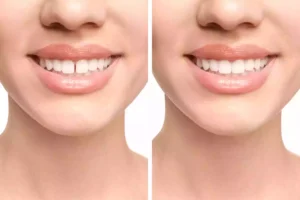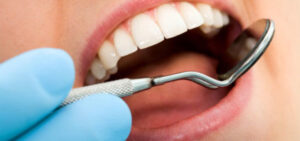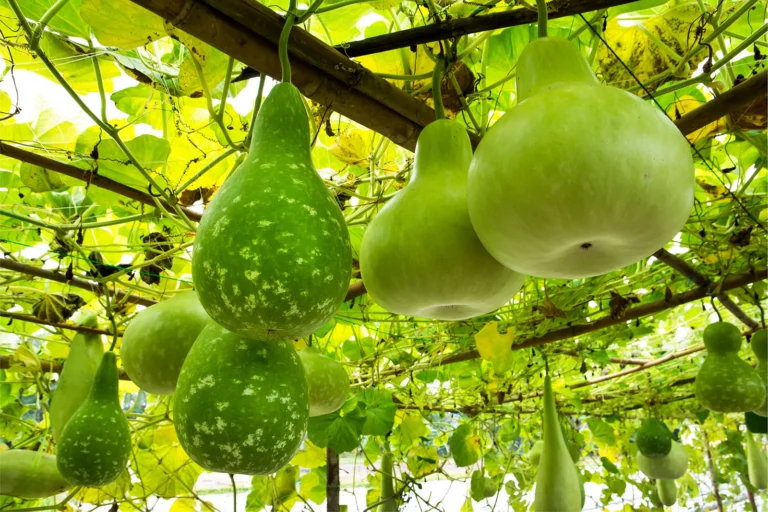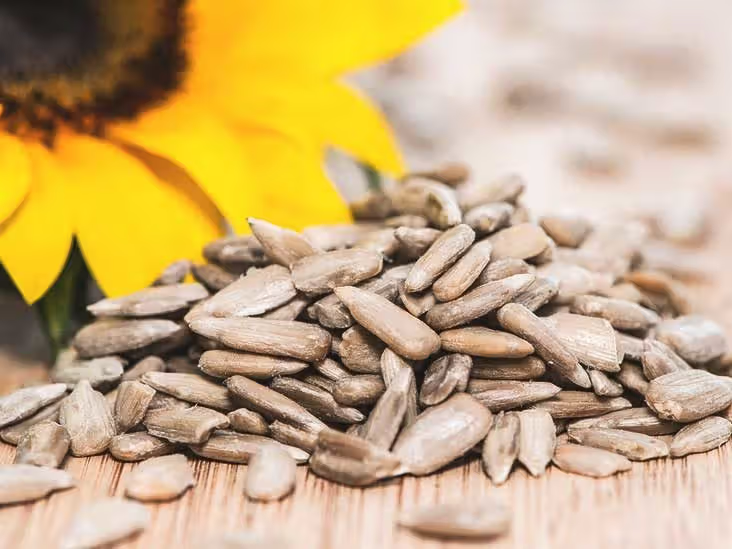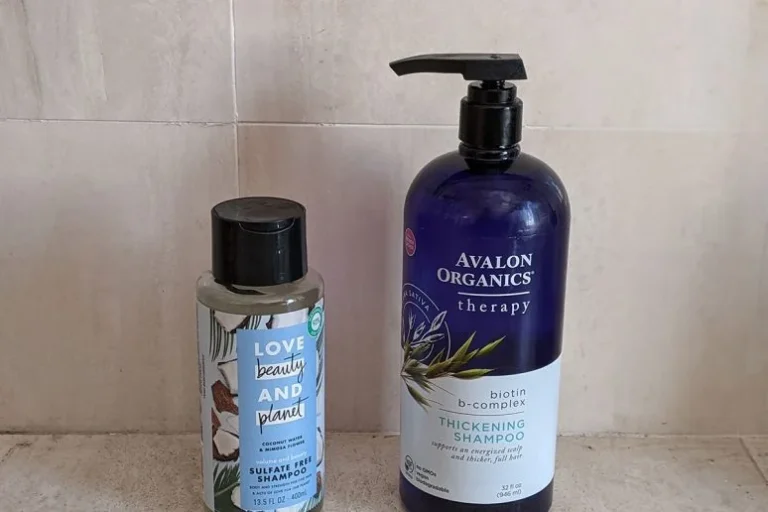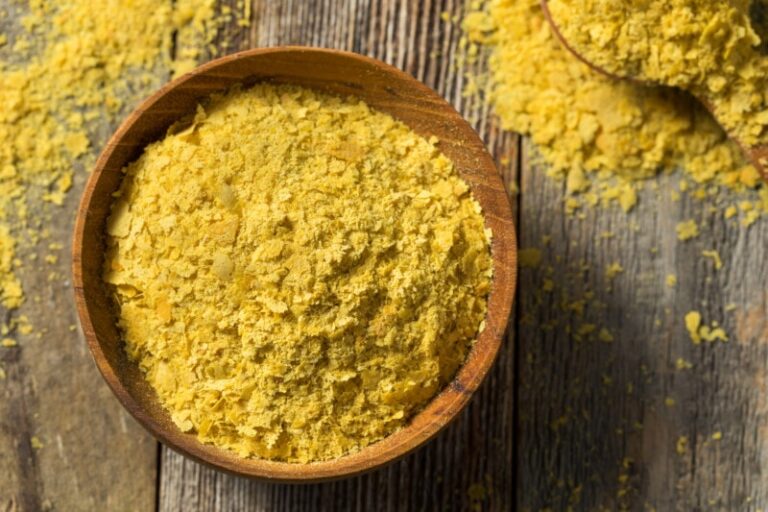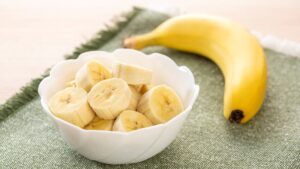Beetroot is a vibrant, tasty vegetable that many people love. It is packed with nutrients and is often praised for its health benefits. But did you know that beetroot is also popular in the beauty world? Many people use it to enhance their hair’s health and appearance. However, while there are numerous benefits, it’s essential to understand that there can also be side effects of beetroot on hair. In this article, we will dive deep into this topic, exploring both the good and the not-so-good sides of using beetroot for your hair.
What is Beetroot?
Beetroot, or simply “beet,” is a root vegetable known for its deep red color. It belongs to the family of Chenopodiaceae, which includes spinach and Swiss chard. Beetroot is rich in vitamins and minerals, including vitamin C, potassium, and iron. People often consume it raw, cooked, or juiced for various health benefits. When it comes to hair, beetroot is believed to promote shine, strength, and growth. But is it always beneficial? Let’s explore!
Benefits of Beetroot for Hair
Before discussing the side effects of beetroot on hair, let’s look at some of its benefits. Beetroot can be a great addition to your hair care routine. Here are a few reasons why:
1. Promotes Hair Growth
Many people believe that beetroot can help promote hair growth. This is because it contains nitrates, which improve blood circulation in the scalp. Better blood flow means more nutrients reach your hair follicles, helping them grow stronger and healthier.
2. Adds Shine
Beetroot can help give your hair a beautiful shine. The natural pigments in beetroot can coat your hair, making it look vibrant and lively. If you’re looking for a natural way to add some sparkle to your locks, beetroot might be the answer.
3. Prevents Hair Loss
Some studies suggest that beetroot can help prevent hair loss. The antioxidants in beetroot may reduce oxidative stress, which can harm hair follicles. By fighting free radicals, beetroot could help keep your hair intact and strong.
4. Natural Dye
If you’re looking for a natural way to color your hair, beetroot can be a fantastic option. The deep red color of beetroot can give your hair a lovely tint without the harsh chemicals found in traditional hair dyes.
5. Nourishes Scalp
Beetroot is rich in vitamins and minerals that can nourish your scalp. A healthy scalp is crucial for hair growth, and beetroot can help provide the nutrients your scalp needs to stay healthy.
Side Effects of Beetroot on Hair
While there are many benefits to using beetroot for your hair, there are also some side effects to consider. Understanding these side effects is essential to make an informed decision about using beetroot in your hair care routine.
1. Allergic Reactions
Some people may have an allergic reaction to beetroot. This can lead to redness, itching, or swelling of the scalp. If you notice any of these symptoms after using beetroot on your hair, it’s best to stop using it immediately and consult a doctor.
2. Staining
Beetroot is known for its bright red color, which can be a double-edged sword. While it can add a lovely tint to your hair, it can also stain your skin and clothes. If you decide to use beetroot juice or paste on your hair, be careful not to spill it on your clothes or surfaces. It can be challenging to remove beet stains once they set in.
3. Dryness
Some people may find that beetroot can lead to dryness in their hair. This is particularly true if you use it in concentrated forms, like beetroot juice. It’s essential to balance beetroot with other moisturizing ingredients to prevent your hair from becoming dry and brittle.
4. Hair Color Changes
If you are already coloring your hair, introducing beetroot can lead to unexpected color changes. The pigments in beetroot can mix with hair dye and create an undesirable shade. Always do a patch test before using beetroot if your hair is dyed.
5. Interference with Treatments
If you are undergoing any specific hair treatments, such as chemical relaxers or color treatments, beetroot may interfere with the results. It’s always best to consult your hairstylist before adding new products to your routine, especially if you’re using professional treatments.
How to Use Beetroot for Hair
If you decide to use beetroot for its hair benefits, here’s how you can do it safely:
1. Beetroot Juice
- Ingredients: Fresh beetroot, water.
- Instructions:
- Peel and chop the beetroot.
- Blend it with a little water until smooth.
- Strain the mixture to extract the juice.
- Apply the juice to your scalp and hair, massaging it gently.
- Leave it on for about 30 minutes before rinsing with a mild shampoo.
2. Beetroot and Coconut Oil Mask
- Ingredients: Beetroot juice, coconut oil.
- Instructions:
- Mix equal parts of beetroot juice and coconut oil.
- Apply the mixture to your scalp and hair.
- Leave it on for about an hour before washing it out with shampoo.
3. Beetroot Hair Rinse
- Ingredients: Beetroot peels, water.
- Instructions:
- Boil beetroot peels in water for about 30 minutes.
- Strain the mixture and let it cool.
- Use it as a final rinse after shampooing for added shine.
Tips for Using Beetroot Safely
Here are some tips to keep in mind when using beetroot on your hair:
1. Perform a Patch Test
Before applying beetroot to your entire scalp, do a patch test. Apply a small amount to a less noticeable area and wait for 24 hours to see if you have any adverse reactions.
2. Dilute the Juice
If you’re worried about potential dryness, consider diluting beetroot juice with water or mixing it with moisturizing ingredients like coconut oil or yogurt.
3. Use Gloves
To avoid staining your hands, wear gloves when applying beetroot juice or paste to your hair.
4. Wash Immediately
If you spill beetroot juice on your skin or clothes, wash it off immediately. The longer you wait, the harder it will be to remove the stains.
5. Consult a Professional
If you’re unsure about using beetroot on your hair, especially if you have pre-existing conditions or are undergoing treatments, consult a dermatologist or a professional hairstylist for advice.
Conclusion
Beetroot is a fantastic vegetable with numerous benefits for hair health. However, it’s essential to be aware of the potential side effects of beetroot on hair. Allergic reactions, staining, dryness, and interference with hair treatments are some of the concerns you should consider. By using beetroot safely and thoughtfully, you can enjoy its benefits while minimizing the risks. Always remember to listen to your hair and scalp’s needs, and don’t hesitate to seek professional advice if you’re unsure.
Introduction
Beetroot is a vibrant, tasty vegetable that many people love. It is packed with nutrients and is often praised for its health benefits. But did you know that beetroot is also popular in the beauty world? Many people use it to enhance their hair’s health and appearance. However, while there are numerous benefits, it’s essential to understand that there can also be side effects of beetroot on hair. In this article, we will dive deep into this topic, exploring both the good and the not-so-good sides of using beetroot for your hair.
What is Beetroot?
Beetroot, or simply “beet,” is a root vegetable known for its deep red color. It belongs to the family of Chenopodiaceae, which includes spinach and Swiss chard. Beetroot is rich in vitamins and minerals, including vitamin C, potassium, and iron. People often consume it raw, cooked, or juiced for various health benefits. When it comes to hair, beetroot is believed to promote shine, strength, and growth. But is it always beneficial? Let’s explore!
Benefits of Beetroot for Hair
Before discussing the side effects of beetroot on hair, let’s look at some of its benefits. Beetroot can be a great addition to your hair care routine. Here are a few reasons why:
1. Promotes Hair Growth
Many people believe that beetroot can help promote hair growth. This is because it contains nitrates, which improve blood circulation in the scalp. Better blood flow means more nutrients reach your hair follicles, helping them grow stronger and healthier.
2. Adds Shine
Beetroot can help give your hair a beautiful shine. The natural pigments in beetroot can coat your hair, making it look vibrant and lively. If you’re looking for a natural way to add some sparkle to your locks, beetroot might be the answer.
3. Prevents Hair Loss
Some studies suggest that beetroot can help prevent hair loss. The antioxidants in beetroot may reduce oxidative stress, which can harm hair follicles. By fighting free radicals, beetroot could help keep your hair intact and strong.
4. Natural Dye
If you’re looking for a natural way to color your hair, beetroot can be a fantastic option. The deep red color of beetroot can give your hair a lovely tint without the harsh chemicals found in traditional hair dyes.
5. Nourishes Scalp
Beetroot is rich in vitamins and minerals that can nourish your scalp. A healthy scalp is crucial for hair growth, and beetroot can help provide the nutrients your scalp needs to stay healthy.
Side Effects of Beetroot on Hair
While there are many benefits to using beetroot for your hair, there are also some side effects to consider. Understanding these side effects is essential to make an informed decision about using beetroot in your hair care routine.
1. Allergic Reactions
Some people may have an allergic reaction to beetroot. This can lead to redness, itching, or swelling of the scalp. If you notice any of these symptoms after using beetroot on your hair, it’s best to stop using it immediately and consult a doctor.
2. Staining
Beetroot is known for its bright red color, which can be a double-edged sword. While it can add a lovely tint to your hair, it can also stain your skin and clothes. If you decide to use beetroot juice or paste on your hair, be careful not to spill it on your clothes or surfaces. It can be challenging to remove beet stains once they set in.
3. Dryness
Some people may find that beetroot can lead to dryness in their hair. This is particularly true if you use it in concentrated forms, like beetroot juice. It’s essential to balance beetroot with other moisturizing ingredients to prevent your hair from becoming dry and brittle.
4. Hair Color Changes
If you are already coloring your hair, introducing beetroot can lead to unexpected color changes. The pigments in beetroot can mix with hair dye and create an undesirable shade. Always do a patch test before using beetroot if your hair is dyed.
5. Interference with Treatments
If you are undergoing any specific hair treatments, such as chemical relaxers or color treatments, beetroot may interfere with the results. It’s always best to consult your hairstylist before adding new products to your routine, especially if you’re using professional treatments.
How to Use Beetroot for Hair
If you decide to use beetroot for its hair benefits, here’s how you can do it safely:
1. Beetroot Juice
- Ingredients: Fresh beetroot, water.
- Instructions:
- Peel and chop the beetroot.
- Blend it with a little water until smooth.
- Strain the mixture to extract the juice.
- Apply the juice to your scalp and hair, massaging it gently.
- Leave it on for about 30 minutes before rinsing with a mild shampoo.
2. Beetroot and Coconut Oil Mask
- Ingredients: Beetroot juice, coconut oil.
- Instructions:
- Mix equal parts of beetroot juice and coconut oil.
- Apply the mixture to your scalp and hair.
- Leave it on for about an hour before washing it out with shampoo.
3. Beetroot Hair Rinse
- Ingredients: Beetroot peels, water.
- Instructions:
- Boil beetroot peels in water for about 30 minutes.
- Strain the mixture and let it cool.
- Use it as a final rinse after shampooing for added shine.
Tips for Using Beetroot Safely
Here are some tips to keep in mind when using beetroot on your hair:
1. Perform a Patch Test
Before applying beetroot to your entire scalp, do a patch test. Apply a small amount to a less noticeable area and wait for 24 hours to see if you have any adverse reactions.
2. Dilute the Juice
If you’re worried about potential dryness, consider diluting beetroot juice with water or mixing it with moisturizing ingredients like coconut oil or yogurt.
3. Use Gloves
To avoid staining your hands, wear gloves when applying beetroot juice or paste to your hair.
4. Wash Immediately
If you spill beetroot juice on your skin or clothes, wash it off immediately. The longer you wait, the harder it will be to remove the stains.
5. Consult a Professional
If you’re unsure about using beetroot on your hair, especially if you have pre-existing conditions or are undergoing treatments, consult a dermatologist or a professional hairstylist for advice.
Conclusion
Beetroot is a fantastic vegetable with numerous benefits for hair health. However, it’s essential to be aware of the potential side effects of beetroot on hair. Allergic reactions, staining, dryness, and interference with hair treatments are some of the concerns you should consider. By using beetroot safely and thoughtfully, you can enjoy its benefits while minimizing the risks. Always remember to listen to your hair and scalp’s needs, and don’t hesitate to seek professional advice if you’re unsure.


